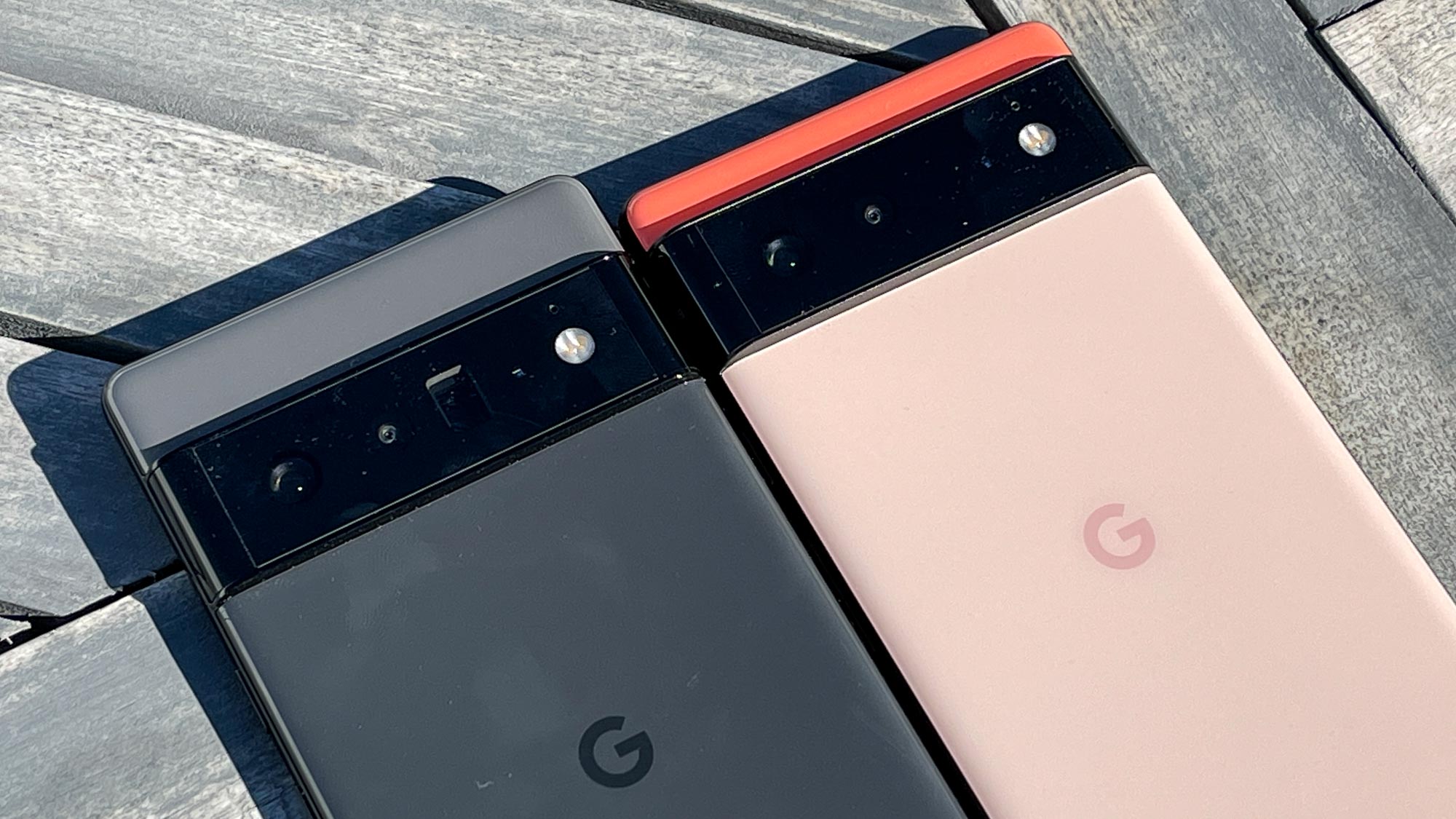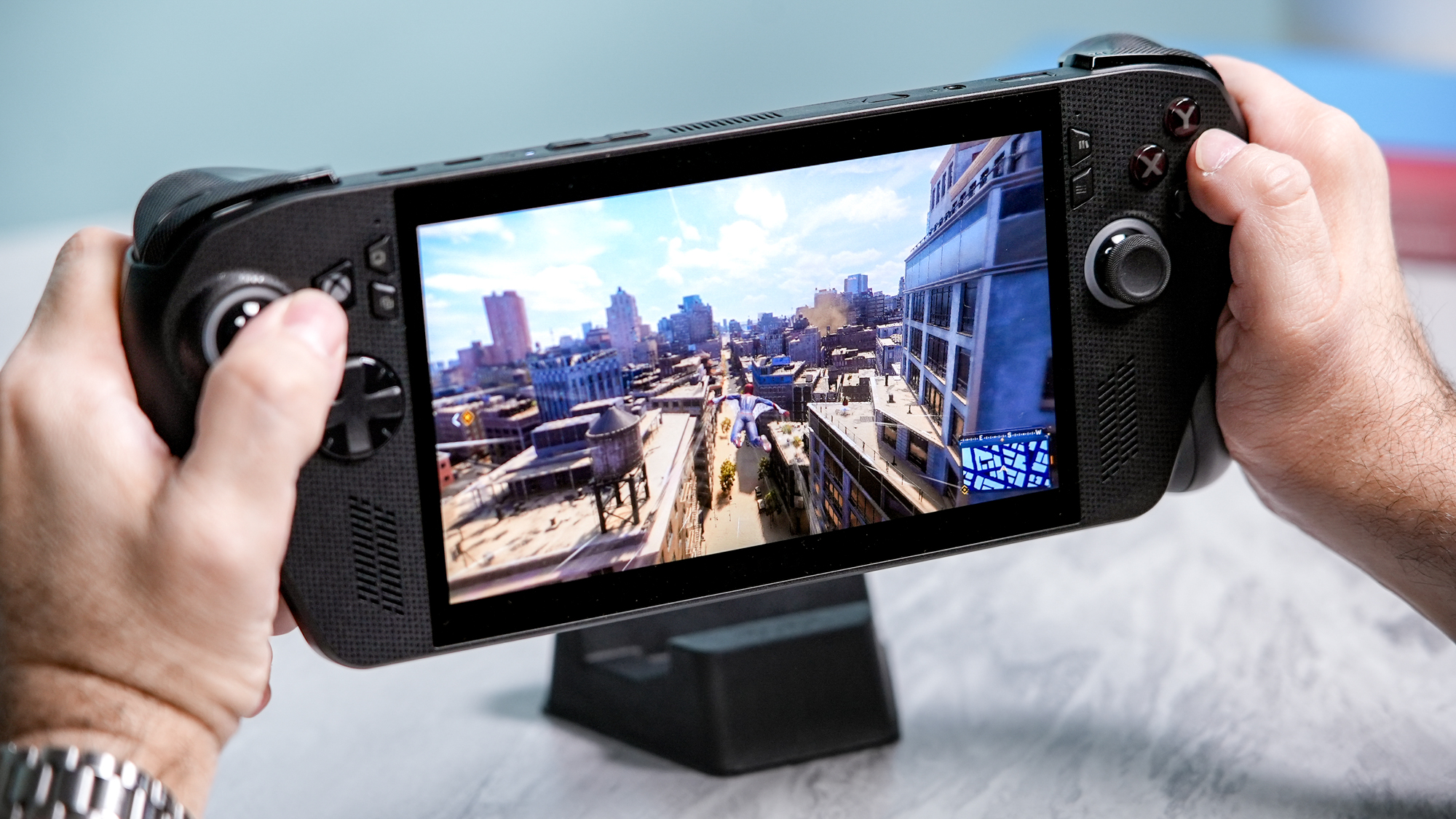Google Pixel 6 battery life tested — we have bad news

If you’re wondering if the Pixel 6 and Pixel 6 Pro are worth buying, the short answer is “yes.” As you’ll see in our Pixel 6 review and Pixel 6 Pro review, both phones deliver great cameras, responsive displays and plenty of power through the new Tensor chip.
The only major caveat for the Pixel 6 series is battery life. Both phones turned in below-average endurance on the Tom’s Guide battery test, which involves continuous web surfing over 5G at 150 nits of screen brightness.
- Google Pixel 6 vs Pixel 6 Pro: Biggest differences
- The best phones right now
- Plus: Google Pixel 6 — 5 reasons to buy and 3 to skip
For context, the phones on our best phone battery life list last all last 11 hours or more, and we consider 10 hours or longer above average.
The Pixel 6’s 4,614 mAh battery lasted only 8 hours and 1 minute on our test with the screen set to static or 60Hz mode. On adaptive mode, which sales the refresh rate from 60Hz up to 90Hz, we saw as high as 8:13. Not good.
| Model | Battery life (hours:mins) |
| Google Pixel 6 | 8:13 |
| Google Pixel 6 Pro | 7:53 |
| iPhone 13 Pro Max | 12:16 |
| iPhone 13 Pro | 11:42 |
| iPhone 13 | 10:33 |
| iPhone 13 mini | 8:41 |
| Samsung Galaxy S21 | 9:53 |
| Samsung Galaxy S21 Plus | 9:50 |
| Samsung Galaxy S21 Ultra | 11:25 |
| OnePlus 9 Pro | 12:48 |
Surprisingly, the Pixel 6 Pro turned in an even worse 7 hours and 53 minutes on our battery test, despite having a larger 5,000 mAh battery. In adaptive mode the Pixel 6 Pro lasted 7:46 or about the same time.
By comparison, the iPhone 13 lasted 10 hours and 33 minutes on our web surfing test and the iPhone 13 Pro Max hit 12:16. The Samsung Galaxy S21 endured for 9:53 and the Galaxy S21 Ultra endured for 11:25. Last but not least, the OnePlus 9 Pro lasted an excellent 12:48.
Interestingly, we tested the regular Pixel 6 a couple of times over 4G as well and it averaged 10 hours and 52 minutes. That's great, but we would like to see better results over 5G.
Get instant access to breaking news, the hottest reviews, great deals and helpful tips.
So what’s going on here? We have a couple of theories. For one, we tested the Google Pixel 6 and Pixel 6 Pro at 77% brightness for our battery test, as that’s what it took to get to our required 150 nits. Other phones tend to reach that nit level at around 50% brightness, but we wanted to keep the comparisons fair.
Second, the Google Pixel 6 and Pixel 6 Pro reportedly use an older Samsung modem found in the Galaxy S20 series. It's over a year old at this point. We suspect that this modem is not nearly as efficient as new Qualcomm modems in today’s flagships.
To be fair, no one is going to surf the web continuously until the battery dies, and our test is not designed to mirror real-world use. In fact, thanks to Google’s Tensor chip and tools like Extreme Energy Saver mode, you should be able to get through most of the day (if not more) on a charge.
But when it comes to tasks that utilize 5G on the go, the Pixel 6 and Pixel 6 Pro are definitely a a step behind the competition when it comes to battery life.
It's also worth pointing out that Google has since warned people that the Pixel 6 may not charge with generic or USB-A charging hardware. That, combined with the weak 5G battery life, is a real double whammy of battery problems.
Mark Spoonauer is the global editor in chief of Tom's Guide and has covered technology for over 20 years. In addition to overseeing the direction of Tom's Guide, Mark specializes in covering all things mobile, having reviewed dozens of smartphones and other gadgets. He has spoken at key industry events and appears regularly on TV to discuss the latest trends, including Cheddar, Fox Business and other outlets. Mark was previously editor in chief of Laptop Mag, and his work has appeared in Wired, Popular Science and Inc. Follow him on Twitter at @mspoonauer.

